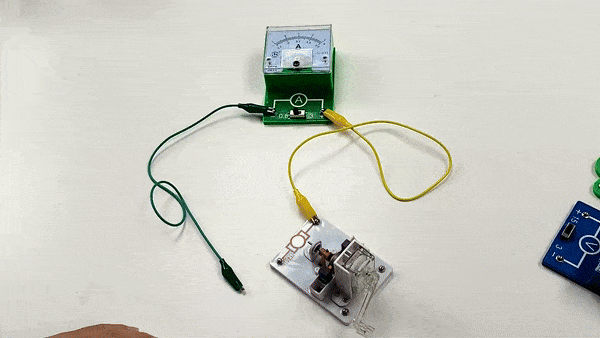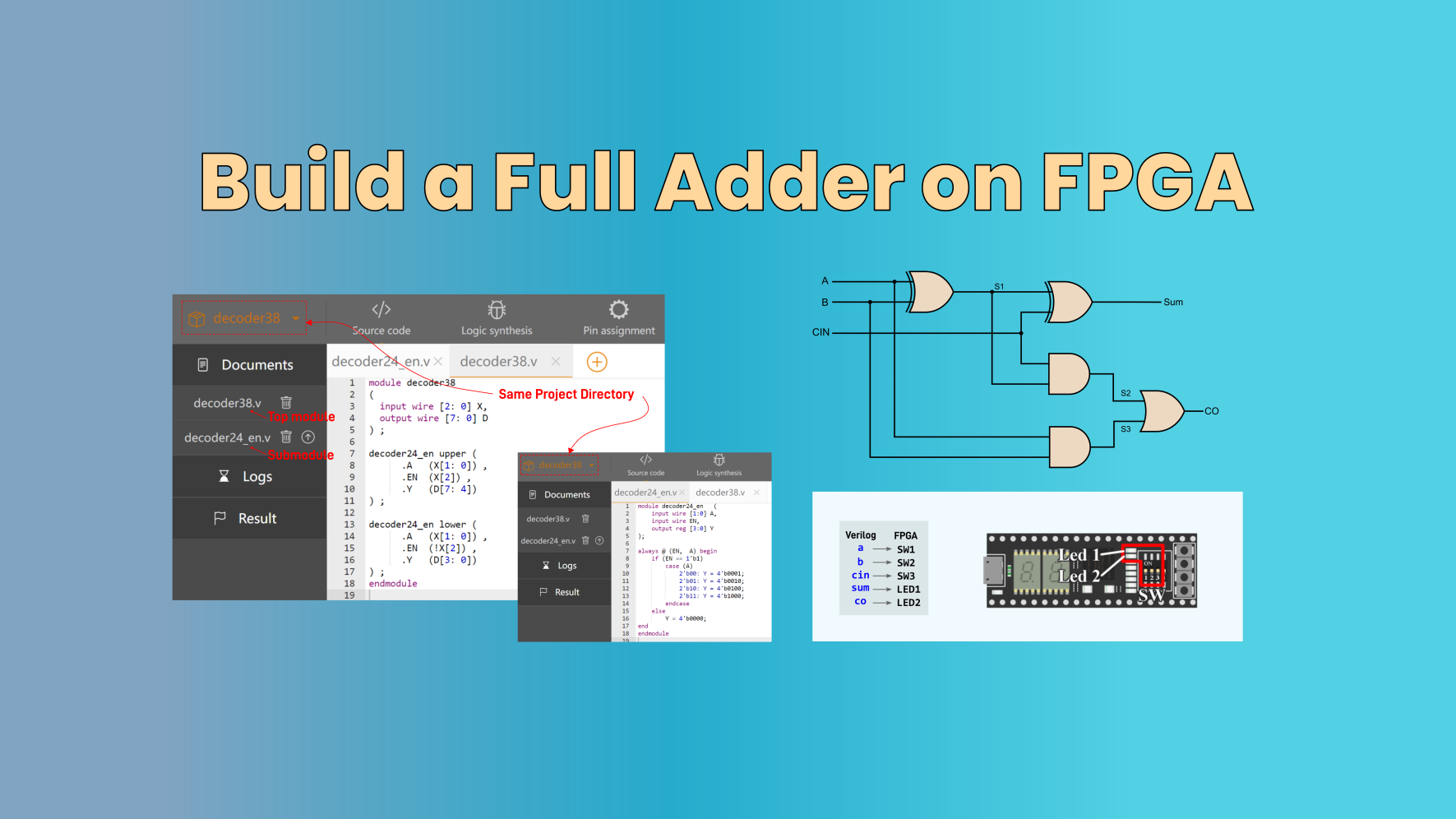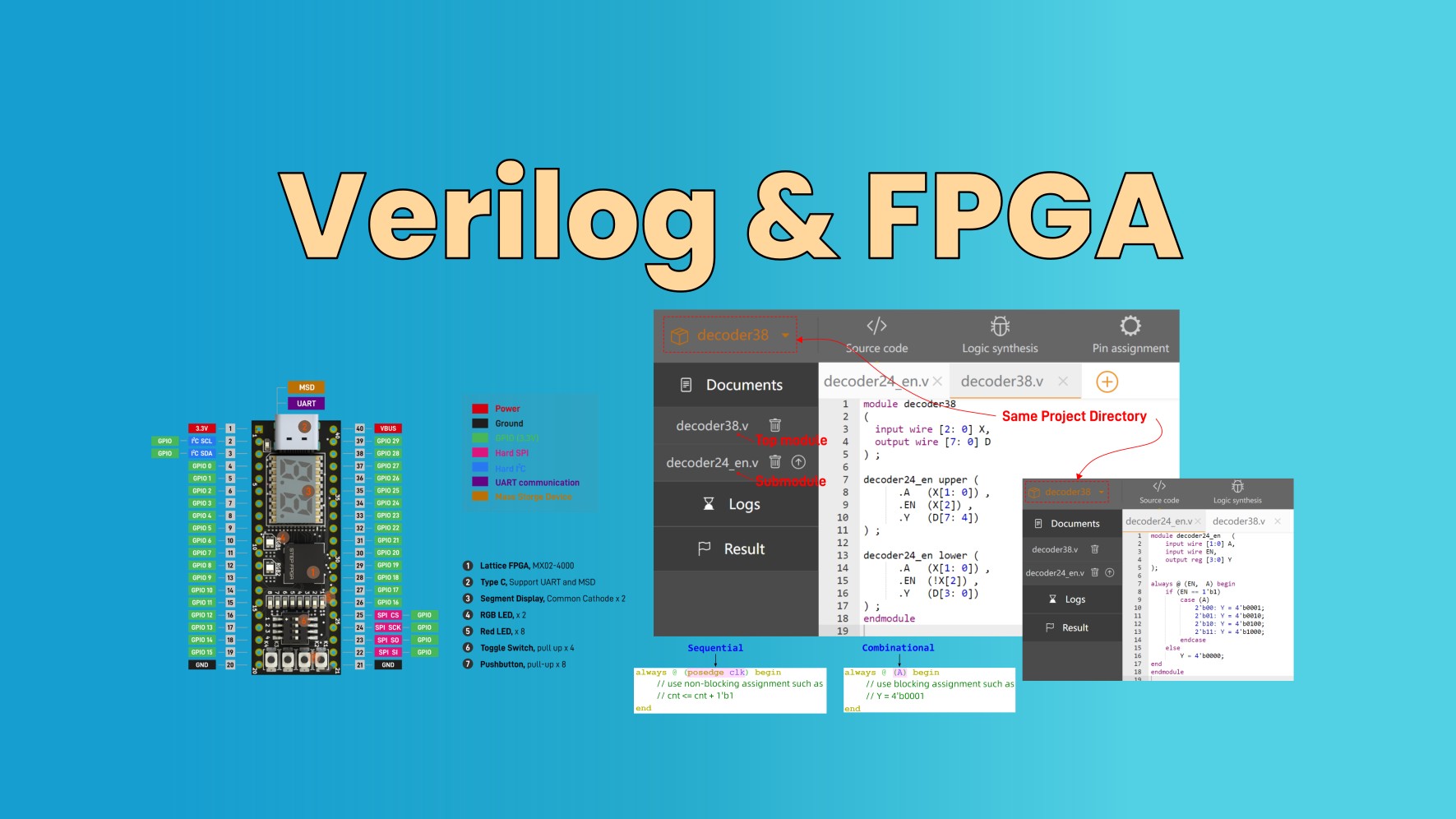EIM Technology’s Basic Electric Circuits and Basic Electricity Kits are tailored for engineering enthusiasts, students, and hobbyists looking to grasp fundamental electronics concepts. These kits provide a step-by-step approach to understanding voltage, current, resistance, and circuit connections.
Advantages of These Kits in Learning Kits
- Hands-On Learning: Each kit is designed for practical application, allowing users to experiment and solidify their theoretical knowledge.
- Comprehensive Components: From resistors and capacitors to LEDs and breadboards, the kits include everything you need to start building.
- Simplified Instructions: Easy-to-follow guides make it accessible for beginners while still being useful for advanced learners.
- Versatile Projects: Whether you're building a simple LED circuit or experimenting with Ohm’s Law, these kits provide endless possibilities.
Electric Circuits Learning Kit - Basic Electronics Tutorial

This book covers a variety of topics related to electrical circuits, including basic concepts like Ohm's Law, series and parallel circuits which you have learnt from high school physics class. Also, some more advanced topics such as Kirchhoff's Law, Thevenin's Theorem, maximum power transfer and knowledge related to AC signals.
Read our article: "Learn Electrical Circuits: A Hands-On Approach for Beginners to learn Basic electronic circuits " https://www.eimtechnology.com/blogs/articles/learn-electrical-circuits-a-hands-on-approach-for-beginners-to-learn-basic-electronic-circuits
Audience
- Individuals with little to no prior knowledge of electronics
- Makers and hobbyists who enjoy DIY and wish to learn more concepts behind them
- Students who will be pursuing studies in electrical engineering, electronics, or related fields
- Anyone with a genuine interest in understanding the fundamentals of electronics.
Key Learning Topics
- Ohm’s Law – Understanding the relationship between voltage, current, and resistance.
- Series & Parallel Circuits – Building and analyzing both types of basic circuits.
- Voltage & Current Divider – Exploring circuit techniques to distribute voltage and current.
- Watt’s Law – Learning about power calculation in electrical circuits.
- Kirchhoff’s Law – Applying Kirchhoff's Voltage and Current Laws for circuit analysis.
- Superposition – Analyzing circuits with multiple power sources.
- Thevenin Theorem – Simplifying complex circuits to Thevenin equivalents.
- Maximum Power Transfer – Learning how to optimize power delivery in circuits.
- Norton’s Theorem – Understanding Norton equivalents for simplifying circuits.
- Mesh Analysis – Solving circuits systematically using mesh current methods.
- Nodal Analysis – Analyzing circuits using nodal voltage techniques.
- Wheatstone Bridge – Using bridges for precise resistance measurement.
- Capacitors – Exploring capacitor functions and their role in circuits.
- Additional Content: AC Content – Extra material to learn about alternating current concepts.AC Content – Extra material to learn about alternating current concepts.

Basic Electricity for Beginners - Basic Electrical Knowledge
our program provides a comprehensive solution: a versatile basic electricity learning kit comprising a detailed book paired with essential tools, catering to diverse learners. We cover a wide range of practical knowledge, starting from the distinction between electrical and electronic systems to practical skills such as utilizing different tools and comprehending fundamental concepts like AC and DC power. Moreover, we address practical concerns like understanding electricity bills and providing a holistic understanding of how electronics influence everyday life.
Our goal and mission is to simplify electronics and electrical engineering, making basic electrical theory learning accessible to anyone with a curiosity to explore this fascinating scientific domain. Designing a simple and better way to acquire Basic electrical knowledge was our goal behind this basic electricity kit.
This kit provides hands-on experimental learning to strengthen foundational circuit theory and practical skills for real-world applications.
Key Learning Topics

- Start From a Simple Circuit – Learn the basics of building and understanding simple circuits.
- Electrical Voltage – Understand voltage, its role, and its measurement in circuits.
- Electrical Current – Explore how current flows and its importance in electrical systems.
- Resistance – Learn about resistors, resistance, and its effect on electrical circuits.
- Electromagnetic Induction – Understand how electricity and magnetism interact to induce current.
- Circuiting and Testing – Build, test, and troubleshoot circuits for hands-on learning.
- Power and Energy – Learn how electrical power is generated, calculated, and utilized.
This kit is perfect for beginners, offering a practical approach to learning electricity through hands-on experiments and foundational concepts.
For the experiment part, we've made a deliberate choice to not use breadboards and jumper wires. Instead, we're planning for simple components paired with alligator-to-alligator clips. The transition represents a significant step towards mastering electronics, as alligator clips are commonly utilized in more advanced circuitry. Also, we want to deepen learners' understanding of how electrons and currents flow between devices and components. For instance, in one of our chapters, we delve into the concept of resistance in a wire, exploring how it varies depending on factors such as material and length.
Also, we've enhanced our hand-crank generator, drawing inspiration from one of the projects in our PBL kit introduced in our previous campaign. This upgraded hand-crank electricity generator serves as a pivotal tool for conveying the fundamental concept of electricity generation. Through hands-on experimentation, learners can explore the process of generating electricity and observe how its performance varies when connected to different loads.

Lab on the Go: Build Circuits Anywhere
Traditionally, electronics experiments required a fully equipped lab, but EIM Technology has changed the game with its “Lab on the Go” concept. The portability and convenience of these kits mean you can set up a mini-lab wherever you are—at home, in the classroom, or even outdoors.


Why Lab on the Go is a Game-Changer
- On-the-Go Repairs: Quickly fix broken connections or solder components in remote locations.
- Prototyping Projects: Seamlessly assemble and disassemble circuits without being tied to a workbench.
- Educational Demonstrations: Ideal for teachers showcasing soldering techniques in classrooms or workshops.
- DIY Projects: From creating wearables to robotics, this tool is perfect for hobbyists tackling creative electronics projects.
EIM Technology’s Basic Electric Circuits and Basic Electricity Kits, combined with tools like the Portable Wireless Soldering Iron, are redefining how we approach electronics education. Whether you’re a beginner exploring the basics or an advanced learner working on innovative projects, these portable, user-friendly solutions empower you to learn and build circuits anytime, anywhere. With EIM Technology, the lab is truly wherever you need it to be.
Ready to experience the future of hands-on learning? Explore EIM Technology’s kits and tools today!

